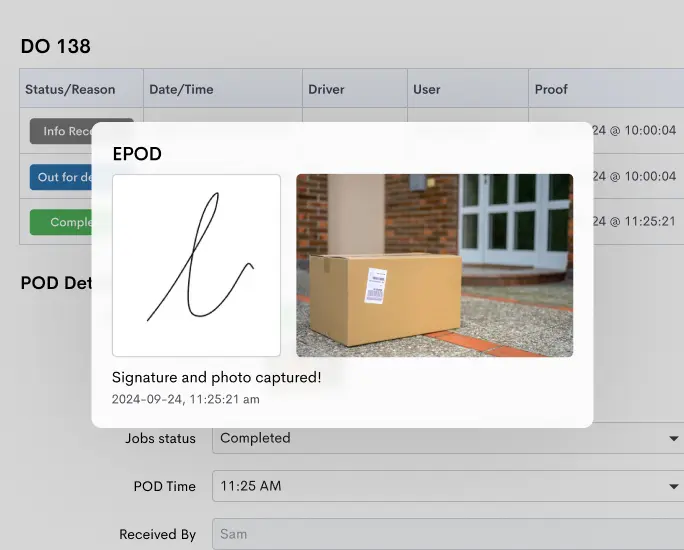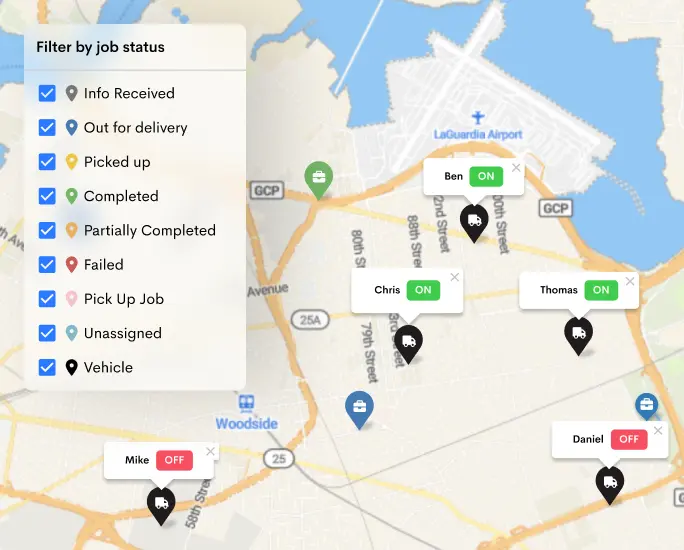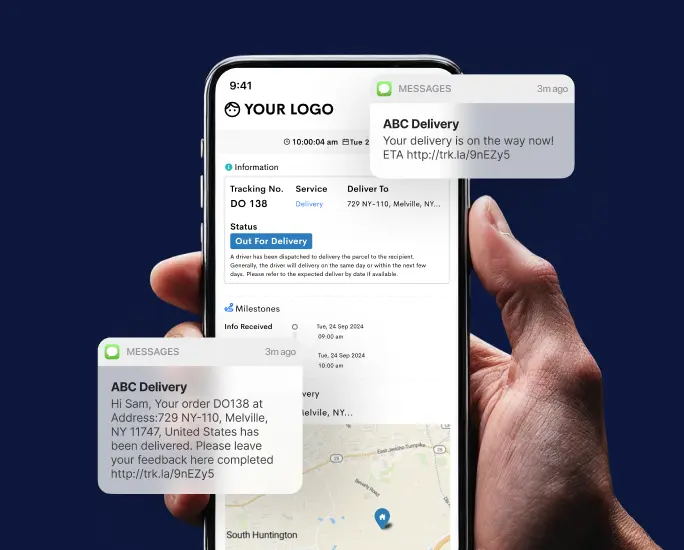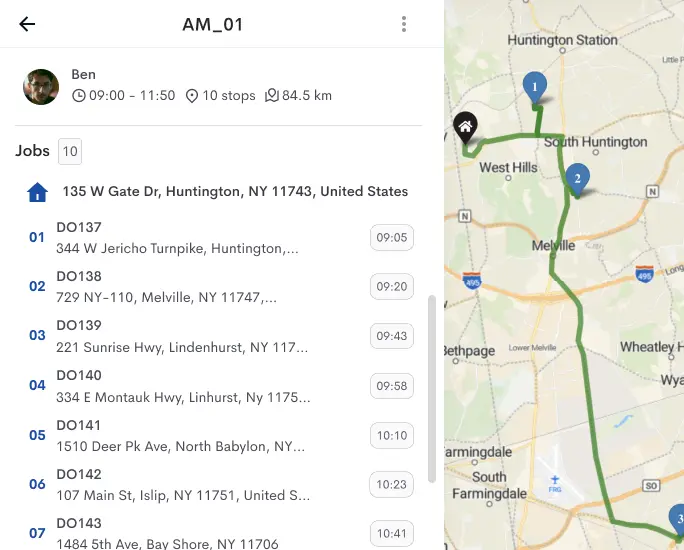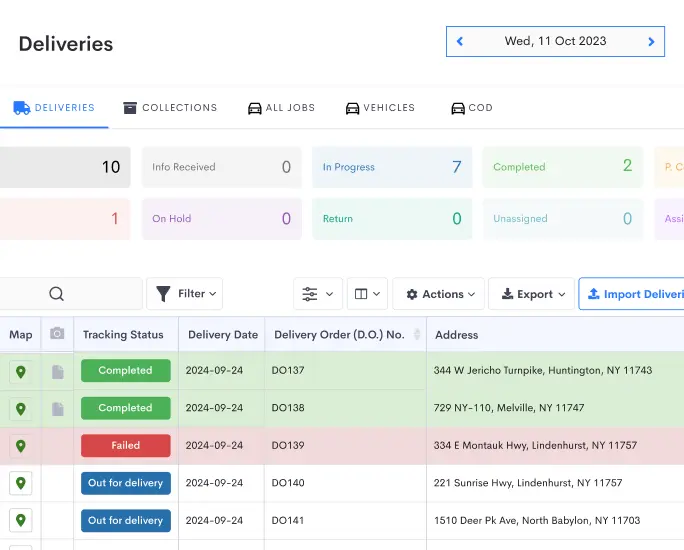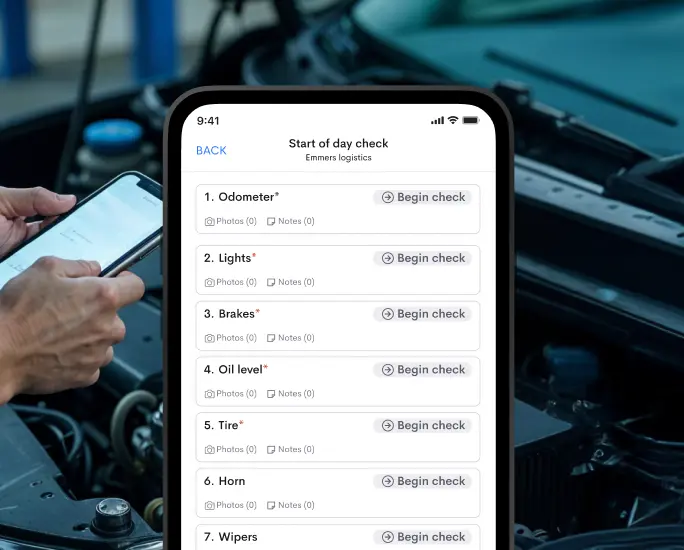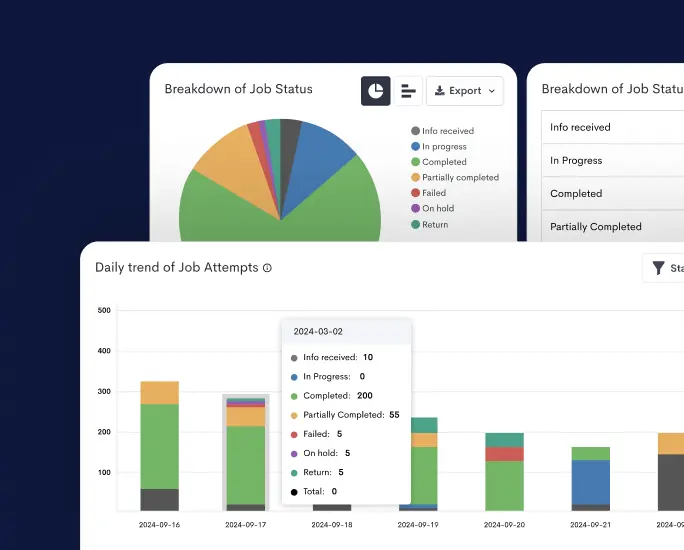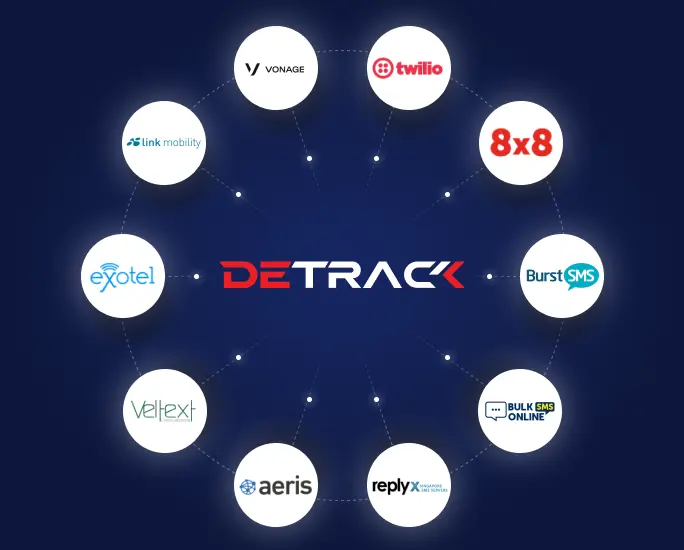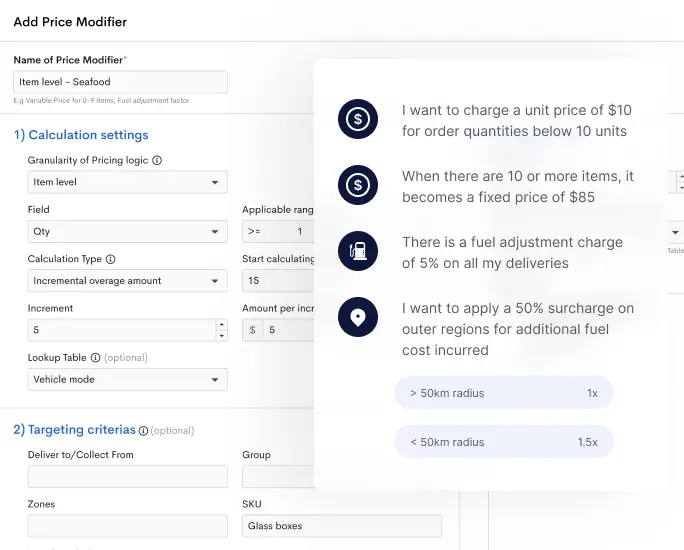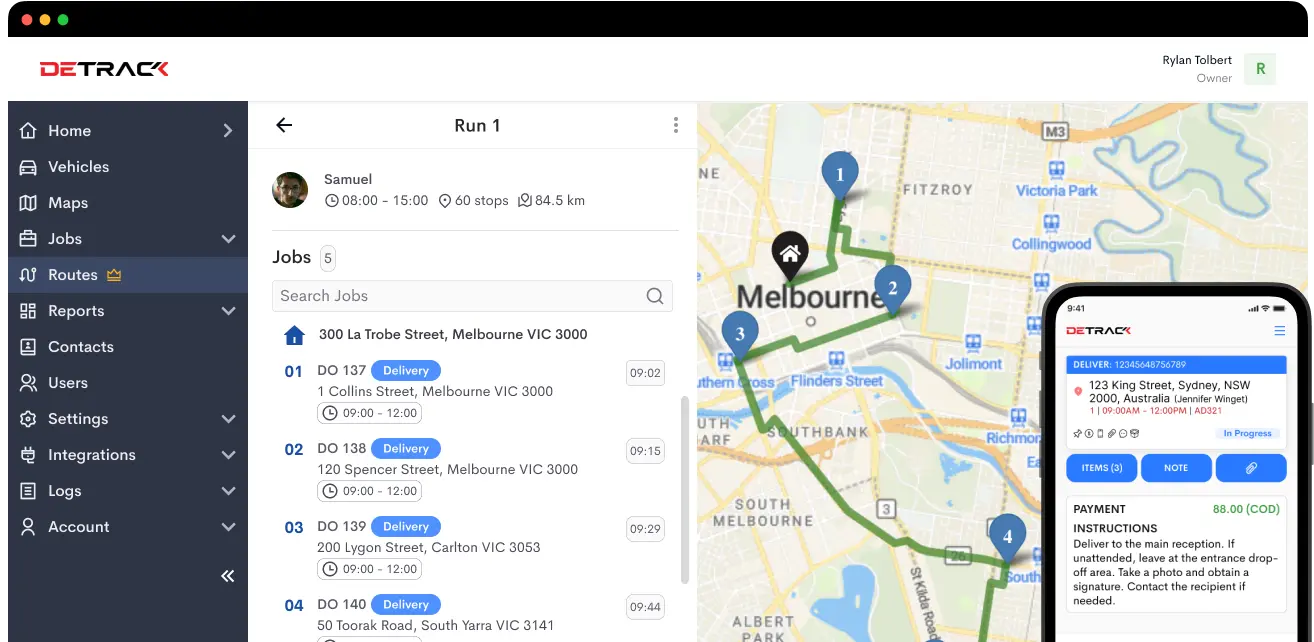Customer expectations around shipping and delivery have skyrocketed. Thanks to innovations in last-mile logistics, same-day, next-day, and even one-hour deliveries are becoming the norm. But what exactly is last-mile logistics, and why has it become such a crucial focus for businesses and logistics providers alike?
This article explores the intricacies of last-mile logistics, its challenges, and how companies like Detrack are revolutionizing the final leg of the supply chain.
What is Last Mile Logistics?
Last mile logistics refers to the final step in the delivery process where goods are transported from a distribution center or hub to the end customer’s location. Although it is often considered the shortest distance in the entire supply chain, the last mile is typically the most complex and costly stage of the delivery process.
For companies, last mile logistics is a balancing act of meeting customer expectations for speed and reliability while controlling operational costs. For consumers, this stage represents the most visible part of the supply chain—the moment their eagerly awaited package arrives at their doorstep.
According to Capgemini’s research, the last mile accounts for up to 41% of overall supply chain costs. This hefty price tag is largely due to the high level of personalization involved, such as individual deliveries, dynamic routing, and precise delivery windows.
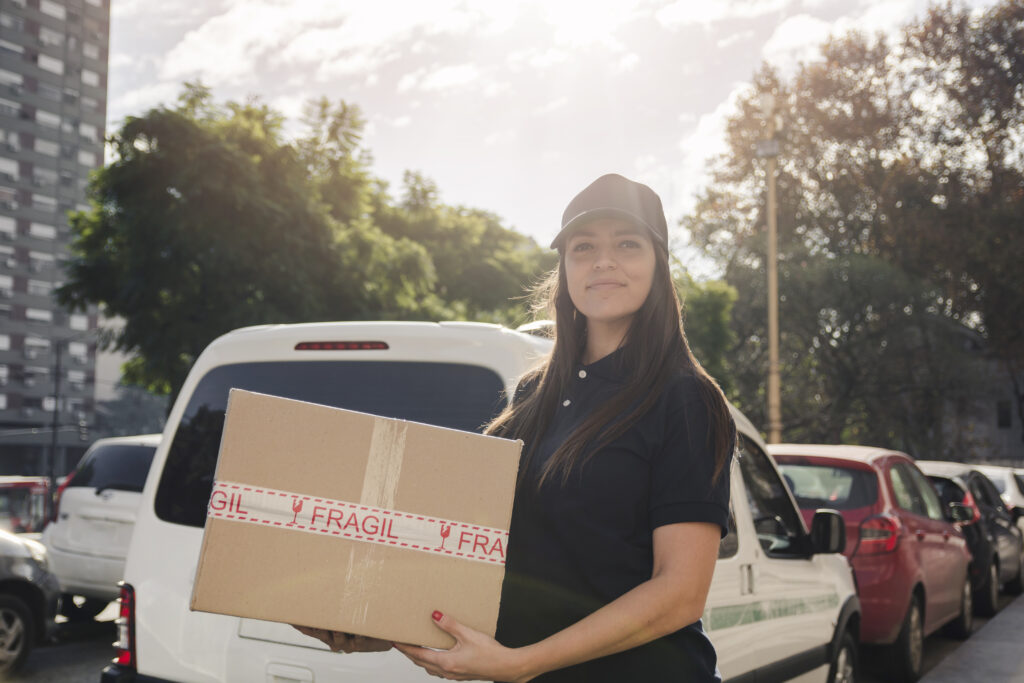
Why is Last Mile Logistics Important?
With the rapid growth of e-commerce, last mile logistics has taken center stage in supply chain management. As customer demands for fast, efficient delivery services increase, businesses must optimize their last mile logistics to stay competitive.
Failing to deliver on customer expectations can lead to dissatisfaction, poor reviews, and ultimately, lost revenue. Studies show that 70% of customers are unlikely to shop with a retailer again after experiencing a poor delivery process. This places enormous pressure on businesses to get the last mile right.
Companies like Detrack have focused on developing solutions that improve the last-mile delivery experience. These solutions allow businesses to deliver efficiently while keeping customers informed with real-time tracking and other advanced features.
How Last Mile Logistics Works
The last mile delivery begins when a package leaves the final distribution hub or sorting facility. Here’s a typical step-by-step look at how last mile logistics works:
- Order Placement: When a customer orders, the retailer’s system allocates the product for fulfillment. This typically involves selecting the closest distribution center with the product in stock to reduce the delivery time.
- Picking, Packing, and Labeling: Once the order is processed, the product is picked from the warehouse, packed, and labeled for delivery. This phase can be done manually or through automated systems, especially for high-volume orders.
- Routing and Dispatch: Before the delivery vehicle hits the road, route optimization software like Detrack comes into play. This software creates the most efficient delivery route, factoring in variables such as distance, traffic, and delivery windows. Effective routing reduces fuel costs, time spent on the road, and missed deliveries.
- Final Delivery: In the last mile stage, the driver transports the package to the customer’s home, office, or designated pick-up point. The final delivery may involve overcoming obstacles like traffic congestion, parking limitations, or multi-story buildings.
- Customer Notification and Feedback: Customers typically receive real-time tracking updates through mobile apps or text notifications, keeping them informed about the status of their package. After delivery, companies may also request customer feedback to optimize the process further.
Key Challenges in Last Mile Logistics
While last mile logistics is essential for delivering a positive customer experience, it also comes with several unique challenges:
1. High Delivery Costs
The individual nature of last-mile deliveries makes them one of the most expensive stages in the supply chain. Companies must often dedicate significant resources to ensure each package reaches its destination on time, which increases operational costs.
2. Traffic and Urban Congestion
Deliveries in dense urban areas face traffic congestion, parking restrictions, and limited access to certain buildings. Navigating these challenges can lead to delays and reduced efficiency, which may frustrate customers who expect timely deliveries.
3. Failed Deliveries
One of the biggest challenges in last mile logistics is dealing with failed delivery attempts. When a customer can’t accept the package, drivers are forced to make a second or even third delivery attempt, which drives up costs and delays the process. Statistics show that in the US, around 8% of deliveries fail on the first attempt, highlighting the need for improved communication between customers and delivery teams.
4. Environmental Concerns
The demand for rapid deliveries has a significant environmental impact. The increase in delivery vehicles on the road contributes to higher carbon emissions, particularly in urban areas. To combat this, companies are exploring eco-friendly alternatives like electric vehicles and bicycle couriers to make last mile deliveries more sustainable.
5. Rural Deliveries
In contrast to urban areas, rural regions pose the challenge of long distances between delivery points. This can result in increased travel time, higher fuel consumption, and lower efficiency, which ultimately increases the cost per delivery.
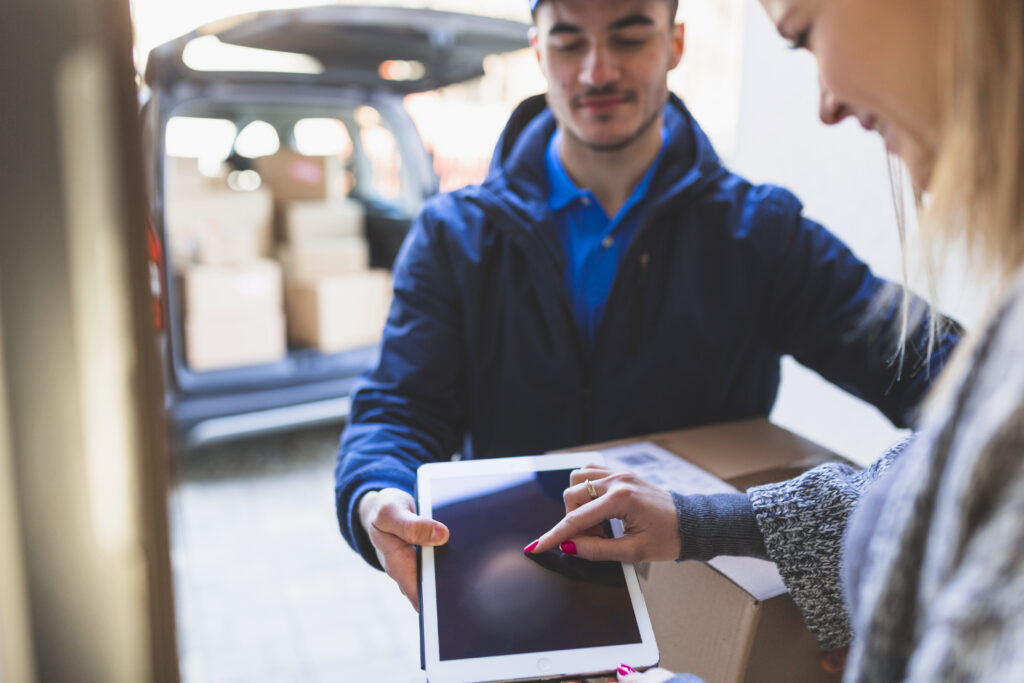
Innovations in Last Mile Logistics
To tackle these challenges, companies are leveraging advanced technologies and innovative strategies to streamline last mile logistics. Let’s explore some of the key innovations:
- Route Optimization: Route optimization software, such as Detrack, uses algorithms to calculate the most efficient delivery routes. By analyzing traffic patterns, weather conditions, and delivery windows, this software helps drivers avoid unnecessary delays and reduces fuel costs. Route optimization can result in 20-30% savings in fuel consumption and delivery time.
- Real-Time Tracking and Communication: Today’s customers expect real-time updates on their deliveries. Solutions like Detrack’s real-time tracking feature allow customers to monitor their package’s location, estimated arrival time, and even the driver’s proximity. This level of transparency enhances customer satisfaction and reduces missed delivery attempts by keeping recipients informed throughout the delivery process.
- Drones and Autonomous Vehicles: Drones and autonomous vehicles are quickly gaining traction in the last mile logistics space. Companies like Amazon have been testing drone deliveries, while autonomous vehicles are being trialed for contactless deliveries. These technologies promise faster and more efficient last mile deliveries, especially for remote or congested areas.
- Crowdsourced Delivery: Crowdsourced delivery platforms, similar to ride-sharing apps like Uber, are emerging as a cost-effective solution for last mile logistics. By enlisting local individuals to complete deliveries, businesses can scale their delivery capabilities without relying solely on traditional courier services.
- Smart Lockers and Click-and-Collect: Smart lockers and click-and-collect services provide an alternative to direct-to-home deliveries. Customers can pick up their packages from secure lockers or designated collection points at their convenience, reducing the risk of missed deliveries and enhancing flexibility.
Conclusion
Last mile logistics is a critical component of the supply chain, directly influencing customer satisfaction and overall business success. As e-commerce grows, businesses must overcome the challenges of last mile delivery while meeting consumer demands for speed, reliability, and convenience.
Innovative solutions like Detrack’s real-time tracking, route optimization, and eco-friendly delivery options are paving the way for more efficient last mile logistics. By embracing these technologies, businesses can not only reduce costs but also deliver exceptional customer experiences that set them apart from the competition.
The future of last mile logistics is one of innovation, automation, and sustainability—three pillars that will redefine how businesses navigate the final leg of the supply chain.

